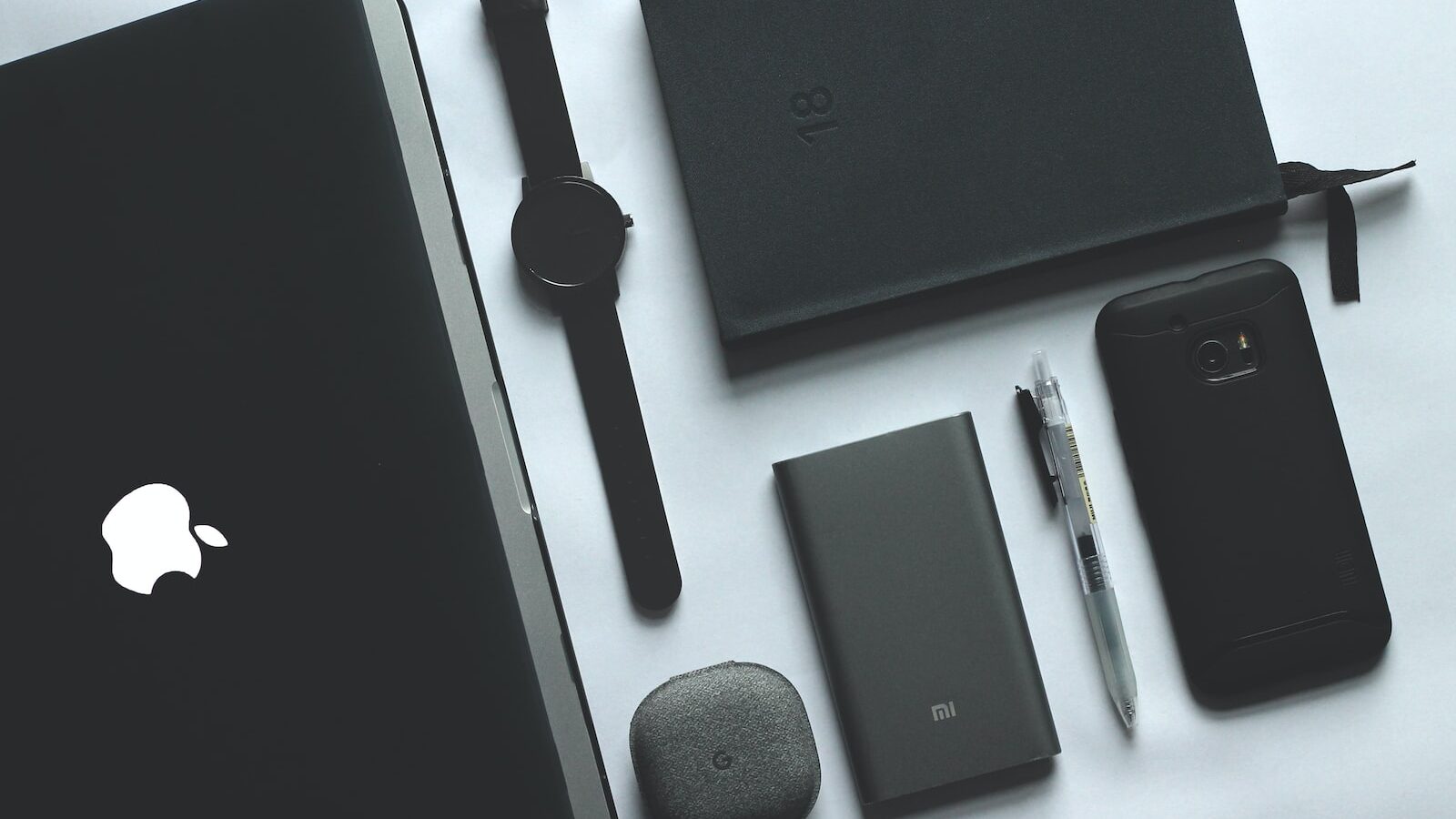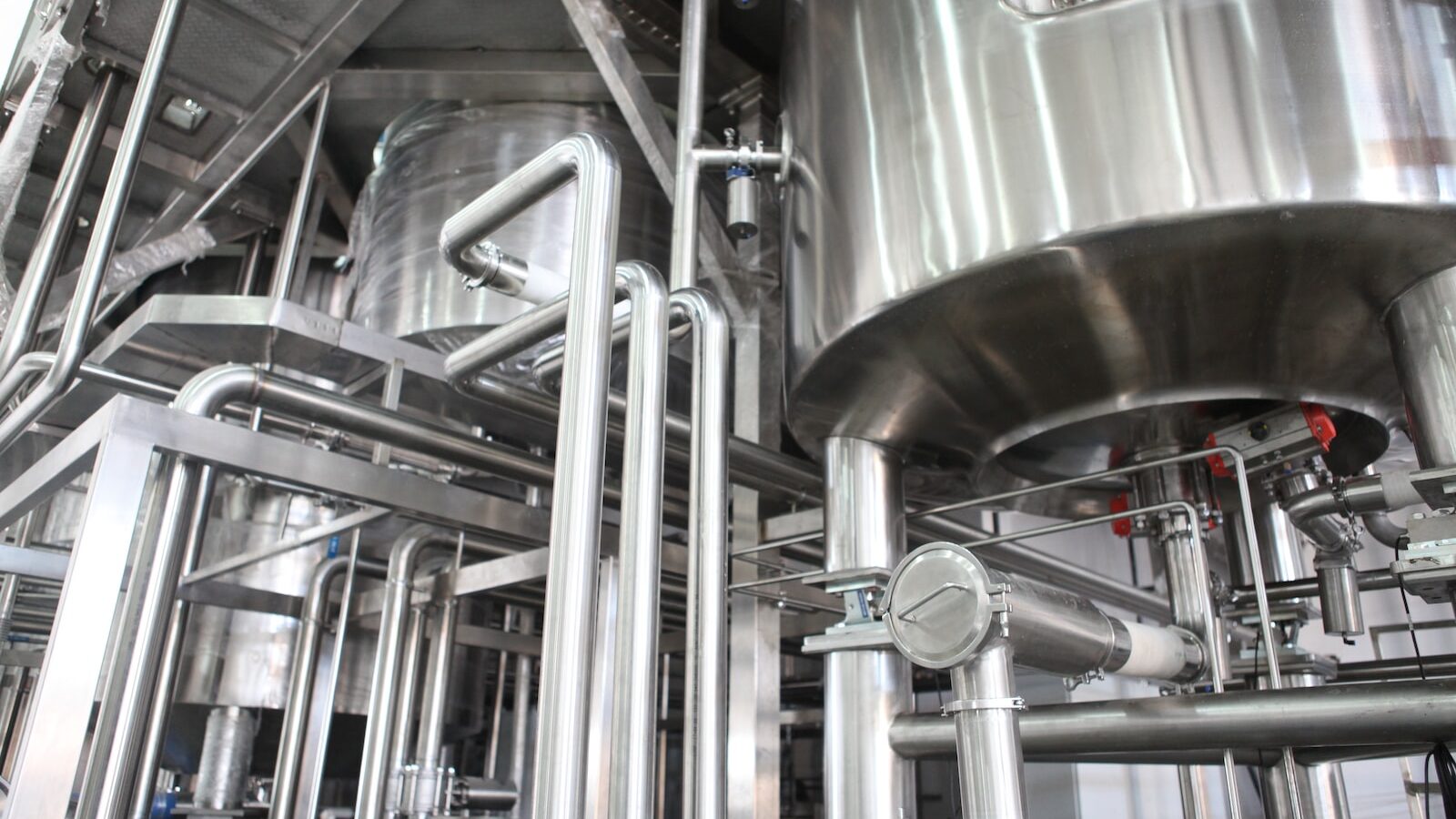What is Design System Efficiency?
You might be wondering how to improve design system efficiency. It is often said that the primary goal of a design system is to enforce consistency. While this is certainly one of the benefits of having a design system, it’s not the primary driver. The primary goal of a design system is efficiency. By creating a system that is efficient, we can achieve consistency and other goals as well. In this article, we’ll take a look at what efficiency means for a design system and how to achieve it.

What is efficiency?
Efficiency, in this context, refers to the ability of a design system to help designers and developers work faster and more efficiently. This can be achieved in a number of ways, such as by providing well-documented component libraries, clear guidelines, and helpful tools. In short, an efficient design system is one that makes it easy for designers and developers to do their jobs.
There are a few key things to keep in mind if you want to create an efficient design system. First, remember that simplicity is key. A design system should not be overly complex or difficult to use. Second, make sure that your design system is flexible enough to accommodate different needs and use cases. And finally, don’t forget about documentation! Well-documented design systems are much easier to use and maintain than those that lack documentation.
By following these principles, you can create a design system that is efficient and easy to use. And when your design system is efficient, it will help you achieve consistency across your designs. So, don’t forget about efficiency when creating your design system – it’s the primary driver of a successful system!
When it comes to building a design system, there are many goals to keep in mind: consistency, usability, coherence, consolidation, accessibility… the list goes on. It can be easy to lose sight of the big picture and get bogged down in the details. But if there’s one goal that should always be at the forefront of your mind, it’s efficiency. Efficiency is the primary driver of a design system, and it’s what will help you achieve all of those other goals. So, keep simplicity in mind, make sure your design system is flexible, and don’t forget about documentation. By following these principles, you can create an efficient design system that will help you achieve all of your goals.
Top 10 ways to improve efficiency in product design:
If you’re looking to improve the efficiency of your product design process, here are ten ways to do it:
By following these guidelines, you can create a design system that is efficient and easy to use. And when your design system is efficient, it will help you achieve consistency across your designs. So, don’t forget about efficiency when creating your design system – it’s the primary driver of a successful system!
When it comes to building a design system, there are many goals to keep in mind: consistency, usability, coherence, consolidation, accessibility… the list goes on. It can be easy to lose sight of the big picture and get bogged down in the details. But if there’s one goal that should always be at the forefront of your mind, it’s efficiency. Efficiency is the primary driver of a design system, and it’s what will help you achieve all of those other goals. So, keep simplicity in mind, make sure your design system is flexible, and don’t forget about documentation. By following these principles, you can create an efficient design system that will help you achieve all of your goals.
Top Ten Ways to Improve Design System Efficiency
If you’re looking to improve the efficiency of your product design process, here are ten ways to do it:
– Use a style guide or pattern library
– Create reusable components
– Use a component-based approach
– Automate repetitive tasks
– Document everything
– Simplify your process
– streamline your workflows
– use the right tools
– get feedback early and often
– collaborate with others.
By following these guidelines, you can create a design system that is efficient and easy to use. And when your design system is efficient, it will help you achieve consistency across your designs. So, don’t forget about efficiency when creating your design system – it’s the primary driver of a successful system!
Use a style guide or pattern library: This will help you define and document the building blocks of your product’s interface. By having a central repository for all your design elements, you’ll be able to more easily create consistent, cohesive designs.
Create reusable components: By designing modular, reusable components, you can save time in the long run by not having to recreate the wheel every time you need a new element. This will also make it easier to create consistent designs, as you’ll be able to reuse existing elements that already meet your design standards.
Use a component-based approach: Taking a component-based approach to product design will help you break down complex interfaces into smaller, more manageable pieces. This will make it easier to create consistent designs, as well as simplify your process overall.
Automate repetitive tasks: Automating repetitive tasks can free up time in your design process so that you can focus on more creative work. There are many different types of automation tools available, so be sure to find the ones that best fit your needs.
Document everything: A well-documented design process is a more efficient design process. By documenting your steps, you can more easily track your progress and identify areas for improvement. This will also make it easier for others to follow your process and provide feedback.
Simplify your process: A complex design process is an inefficient design process. By simplifying your steps, you can save time and avoid frustration. Be sure to streamline your workflows and use the right tools for the job—this will help you work more efficiently overall.
Get feedback early and often: Feedback is essential to the success of any product, so be sure to get it early and often. This will help you validate your designs and make sure they meet the needs of your users.
Collaborate with others: Collaborating with others can help you improve the efficiency of your design process. By sharing ideas and getting feedback from others, you can save time and create better products. So, don’t go it alone—collaborate with others to improve your efficiency!
What was Steve Jobs secret? The principles of design system efficiency.

Although Steve Jobs is no longer with us, his principles for work and design continue to inspire people around the world.
Here are some of his most famous quotes:
“Design is not just what it looks like and feels like. Design is how it works.”
“Simplicity is the ultimate sophistication.”
“I want to put a ding in the universe.”
“It’s not about pop culture, and it’s not about fooling people, and it’s not about convincing people that they want something they don’t.” “The only way to do great work is to love what you do.” “If you haven’t found it yet, keep looking. Don’t settle. As with all matters of the heart, you’ll know when you find it.”
“Your time is limited, don’t waste it living someone else’s life.”
“Have the courage to follow your heart and intuition. They somehow already know what you truly want to become. Everything else is secondary.”
“The people who are crazy enough to think they can change the world, are the ones who do.”
“Stay hungry, stay foolish.”
Jobs was a firm believer in simplicity, both in design and in life. He believed that by keeping things simple, we can achieve true sophistication. He also believed in following our hearts and intuitions, as they will lead us to our true desires. And finally, he believed that it takes crazy people to change the world – so if you want to make a difference, don’t be afraid to be a little bit crazy. Thanks for the inspiration, Steve!
Getting buy in from engineering as a designer

As a designer, one of your main goals is to create efficient designs that meet the needs of your users. But in order to do this, you need to get buy-in from engineering. Here are some tips for doing just that:
Communicate early and often: Keep engineering updated on your progress throughout the design process. This will help them understand your decisions and provide valuable feedback.
Be open to feedback: Engineering will have insights into how your designs can be improved from a technical standpoint. Be open to their feedback and collaborate on solutions that work for both parties.
Educate yourself: Take the time to learn about the technical constraints of your product. This will help you create more informed designs and avoid potential problems down the road.
By following these tips, you can build a strong relationship with engineering and create more efficient designs that meet the needs of your users. So what are you waiting for? Get started today!
What are your thoughts on efficiency? Let us know in the comments below!
Posted by